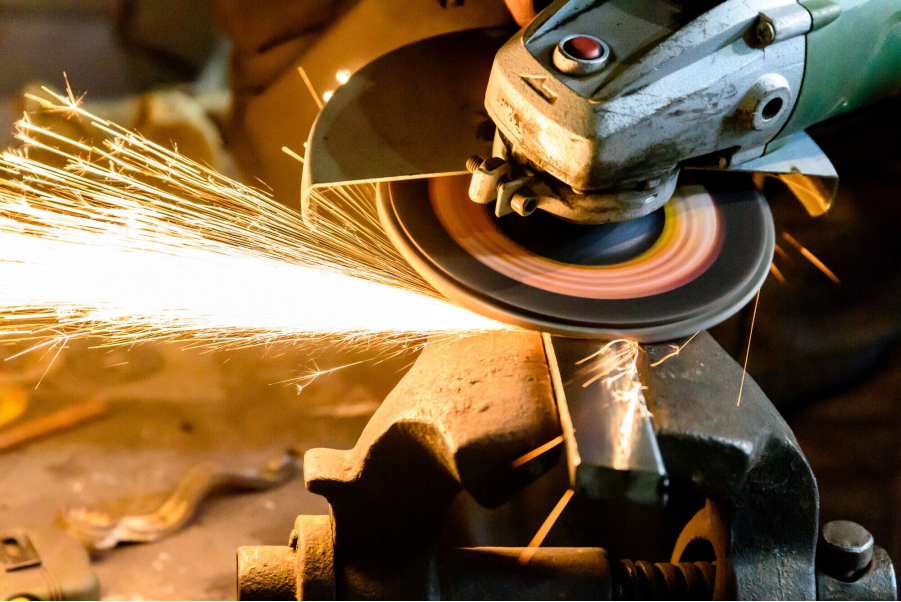Abrasive materials are used in many situations and by many industries for various purposes. One of the most common types of abrasive materials used is sandpaper. Sandpaper is made from a paper or cloth backing with an abrasive material adhered to the surface. Another common type of abrasive material is abrasive wheels.
Abrasive wheels are designed for cutting and grinding hard materials such as metal and concrete. They are commonly found in workshops and industrial factories throughout the UK. One of the key advantages of abrasive wheels is their versatility. They can be used for a wide variety of tasks, such as shaping, cutting, grinding, sanding, polishing and cleaning, and are used in many industries such as construction, foundries and engineering generally. Abrasive wheels are also used outside of workplace settings, such as for DIY work at home.
Although abrasive wheels are relatively easy to use and to maintain, it won’t come as a surprise to learn that they can cause accidents. The Royal Society for the Prevention of Accidents (ROSPA) accident surveillance systems data ranked angle grinders, a type of abrasive wheel, as the third most dangerous tools, with 5,400 injuries recorded annually. The vast majority of these injuries are caused by a shattering of the abrasive wheel. A substantial number of these injuries were not occupational injuries. They often occurred when individuals were using this tool outside of a work context at home etc.; 44% of the patients treated were retired.
This is why anyone operating an abrasive wheel should be familiar with the equipment, undergo appropriate training, and recognise the hazards in order to use them safely.
What are abrasive wheels?
Abrasive wheels are precision tools with grains on the outer circumference which effectively create thousands of cutting points as the wheel spins. Put simply, abrasive wheels are revolving wheels, cylinders, discs or cones made of abrasive particles, which have been bonded together, using inorganic or organic substances. Inorganic bonds such as clay, glass, porcelain, sodium silicate, magnesium oxychloride or metal, are generally fired in a furnace to give the bond a hard, strong but brittle structure. These wheels are used for precision grinding applications as they hold their shape, but require dressing. Dressing an abrasive wheel means removing the very outer surface of the wheel so that a new sharp surface can be exposed. This is because over time the outer edge will blunt. Ways to dress the wheel depend on what the wheel is made of.
Organic bonds, for example resin, rubber and shellac, are not fired but are cured at low temperatures. Such wheels are tough, shock-resistant and self-dressing, and are most suited to non-precision applications, for example fettling and cutting off. Only organic-bonded wheels should be used for portable and handheld grinding machines. Those intended for cutting-off operations should additionally have some form of reinforcement, usually fibreglass.





